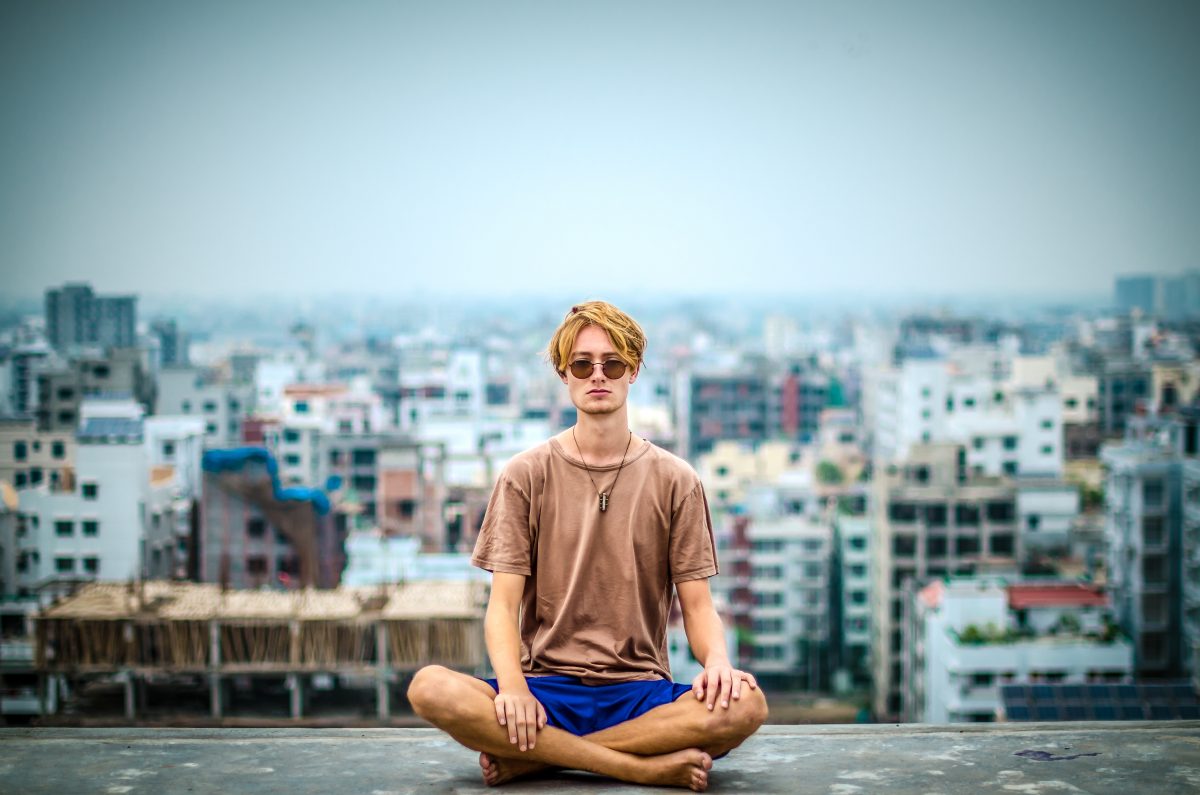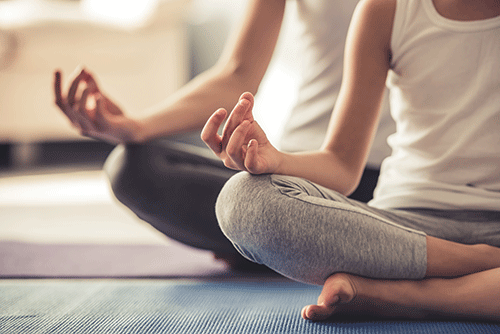Open Inner Tranquility: A Comprehensive Overview on How to Meditate?
Open Inner Tranquility: A Comprehensive Overview on How to Meditate?
Blog Article
Discover Peacefulness: Specialist Tips on How to Meditate for Stress Relief and Clarity
Meditation supplies a structured technique to achieving this tranquility, yet numerous struggle with the preliminary actions of developing a reliable practice. Recognizing the fundamental aspects of reflection, including the optimal environment and strategies, is important for conquering typical challenges.
Understanding Meditation Basics
Reflection is a practice that can considerably enhance our capacity to handle stress and cultivate a feeling of tranquility. At its core, meditation involves concentrating the mind and removing interruptions to accomplish a state of enhanced recognition and inner peace. This old technique has origins in different spiritual customs, yet its benefits extend beyond the spiritual world; it has been accepted by people looking for psychological clarity and psychological balance.
Understanding the basics of reflection is necessary for effective method. Focus meditation, on the other hand, concentrates on a single point of interest, such as the breath or a rule, to cultivate much deeper emphasis and minimize mental chatter.

Establishing Your Meditation Room
Creating a specialized meditation room can considerably improve the top quality of your practice. This space must be a sanctuary that promotes calmness and focus, devoid of disturbances. Start by choosing a peaceful area in your house, preferably with all-natural light and marginal foot traffic.
Next, think about the aspects you will certainly consist of. A comfortable padding or floor covering is important for seating, enabling you to keep great posture. Surround yourself with items that advertise serenity, such as plants, candles, or soothing artwork. The use of soft, natural colors can additionally add to a tranquil atmosphere.
Audio plays a critical role in reflection; consequently, take into consideration integrating gentle history songs or the noise of nature. If you choose silence, ensure your room is soundproofed to decrease disturbances. Additionally, keeping a orderly and clean environment can help in reducing psychological clutter, enabling deeper focus.
Last but not least, customize your space with purposeful items, such as crystals or spiritual symbols, to improve your sense of connection throughout reflection. By attentively establishing up your meditation room, you produce an inviting environment conducive to leisure and mindfulness.
Techniques for Efficient Meditation
To cultivate an effective meditation technique, it's essential to discover various strategies that resonate with you. One efficient approach is mindfulness meditation, where you concentrate on your breath and observe thoughts as they develop without judgment. This method cultivates recognition and assists ground you in the here and now moment.
An additional popular method is loving-kindness reflection, why not look here which includes growing feelings of empathy in the direction of yourself and others. This practice can boost psychological wellness by advertising compassion and decreasing adverse emotions.
For those seeking much deeper leisure, guided meditation can be helpful (How to meditate?). Utilizing applications or recordings, you can adhere to a narrator who leads you via visualizations or breathing exercises tailored for anxiety relief
Movement-based meditation, such as yoga or tai chi, combines physical activity with mindfulness, permitting an incorporated approach to meditation that can be especially practical for those that find serenity challenging.
Lastly, think about incorporating rules or affirmations into your method. Repeating a word or phrase can aid concentrate your mind and produce a sense of calmness.
Explore these strategies to figure out which lines up ideal with your individual needs, eventually improving your reflection experience and advertising clarity.
Conquering Common Difficulties
Several individuals encounter obstacles when establishing a meditation practice, which can prevent their capacity to experience its complete advantages. Common challenges include a straying mind, physical pain, and the assumption of not enough time.
To deal with a roaming mind, practitioners can employ methods such as concentrating on the breath or making use of a mantra. This redirection not only supports focus but additionally grows mindfulness, slowly training the mind to continue to be present.
Physical discomfort frequently emerges from extended sitting. To alleviate this, one may trying out various postures, such as resting on a chair or using cushions, ensuring a comfy yet alert placement. Regular activity breaks can additionally aid ease stress.
The belief that there is not enough time for meditation can be counterproductive. To counter this, news individuals can begin with brief sessions, slowly raising period as comfort and uniformity create. Integrating mindfulness practices throughout daily activities, such as consuming or strolling, can also improve total interaction with reflection.

Incorporating Meditation Into Day-to-day Live
Integrating reflection into every day life can transform routine minutes right into possibilities for mindfulness and stress alleviation. By incorporating reflection methods into everyday activities, people can grow an extra focused and serene state of mind.
One efficient technique is to start the day with a brief reflection session. Alloting just five to 10 mins in the morning can promote quality and intent for the day ahead. Furthermore, mindful breathing throughout mundane tasks, such as cleaning meals or travelling, can supply moments of peace among a hectic schedule.
Making use of tips can even more enhance the assimilation of reflection right into day-to-day life. For example, establishing alarm systems or using apps that motivate brief meditation breaks can motivate regular practice. Evening representations, where one examines the day's experiences with a meditative lens, can likewise promote a much deeper feeling of gratefulness and understanding.
In addition, producing a dedicated reflection space in your home can work as a physical pointer of the dedication to mindfulness. This assigned location can be enriched with soothing components, such as plants or candle lights, boosting the overall introspective experience. Ultimately, these little, willful changes can substantially boost emotional health and resilience when faced with stress and anxiety.
Conclusion
Addressing common barriers boosts the method, while the assimilation of meditation right into everyday routines promotes enduring advantages. Eventually, constant interaction with reflection not just relieves stress and have a peek at these guys anxiety but likewise grows quality, allowing people to navigate life's intricacies with increased calmness and emphasis.
Reflection is a technique that can significantly boost our capacity to take care of tension and grow a feeling of calm. By familiarizing oneself with the fundamental concepts of reflection, individuals can much better integrate this transformative technique into their daily lives, inevitably promoting strength against stress and boosting general well-being.
Developing a specialized meditation room can considerably enhance the quality of your technique. Integrating mindfulness techniques during day-to-day activities, such as strolling or consuming, can also improve total interaction with reflection.
Resolving typical barriers improves the technique, while the integration of reflection right into day-to-day regimens fosters long-term benefits.
Report this page